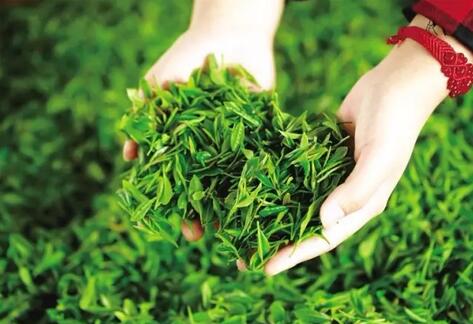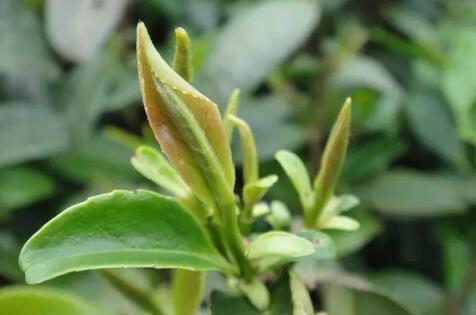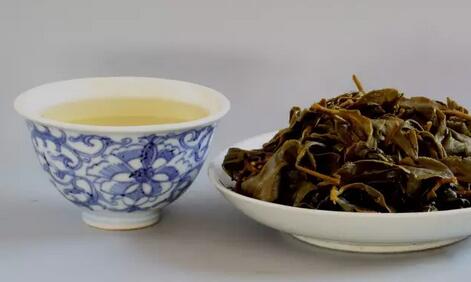In the world of tea, the quality of tea leaves is closely related to the weather. The climate varies throughout the year, and the tea produced in different seasons naturally has its own unique characteristics. How to distinguish tea from different seasons? What are the differences between teas from different seasons? Below, let's explore the characteristics of tea in the four seasons of the year.

Spring tea (harvested from mid-March to early May, called "first spring" or "second spring" for oolong tea)
From December to before Qingming Festival the following year is the growing season for spring tea. Tea trees remain dormant in winter, with slow growth, and only begin to sprout new buds in spring. After winter rest, spring brings abundant rainfall and moderate temperatures, resulting in spring tea with plump buds, emerald green color, soft leaves, fresh taste, and strong aroma. The dry tea leaves are tightly rolled, with a strong aroma, and the buds and stems are thick and sturdy, occasionally interspersed with small mung bean-sized young fruits. When brewed, due to the heavy and dense leaves, spring tea sinks quickly, with a lasting aroma and mellow taste. The tea soup is clear and bright, with a soft and thick leaf base, many buds, fine veins, and indistinct serrations on the edges.

Summer tea (harvested from mid-May to late June and from early July to mid-August, commonly known as "June white")
The growing season for summer tea is the hottest time of the year. Tea buds and leaves grow rapidly, and the soluble substances in the tea soup are relatively reduced, making the aroma less intense than spring tea and the taste less fresh and refreshing. Additionally, the bitterness increases. However, summer tea contains more catechins and caffeine, making it suitable for producing white-tip oolong tea, which has a strong taste and vibrant color. In appearance, summer tea leaves are loose and light, with thin and long stems, and the buds often have fine hairs, giving a slightly rough aroma. Due to their lightness, the leaves sink slowly when brewed, the aroma is hard to enhance, and the taste is bitter. The leaf base is thin and hard, with less prominent buds, so the open leaves increase relatively, the veins are thicker, and the serrations on the edges are clearly visible.

Autumn tea (harvested from early September to late October, commonly known as "white dew shoots")
The quality of autumn tea is between that of spring and summer tea. After being harvested in spring and summer, the components in the tea buds are relatively reduced, resulting in a milder aroma and taste. The dry leaves vary in size, are thin and small, and occasionally contain some tea buds in the rolled leaves, with a flat aroma. When brewed, the tea soup is less bitter than summer tea but still slightly astringent, with a bland taste. The expanded leaves vary in size, with many open leaves and clearly visible serrations on the edges.

Winter tea (harvested from late October to late November; Wuyi rock tea does not harvest winter tea, and oolong tea rarely harvests winter tea)
Winter tea and spring tea are the two best-quality teas of the year. The richness of spring tea is like the grace of Yang Guifei, while the freshness of winter tea is like the lightness of Zhao Feiyan. The color and aroma of winter tea are lighter than spring tea, but the aroma is delicate, and the bitterness is lower, which is a major advantage of winter tea. The appearance of the tea leaves is light green, with more coarse impurities, and the overall color is uneven, but this issue can be resolved after refining. The aroma of the tea is light and delicate, and while the taste is not as strong as spring tea, it is smoother.
